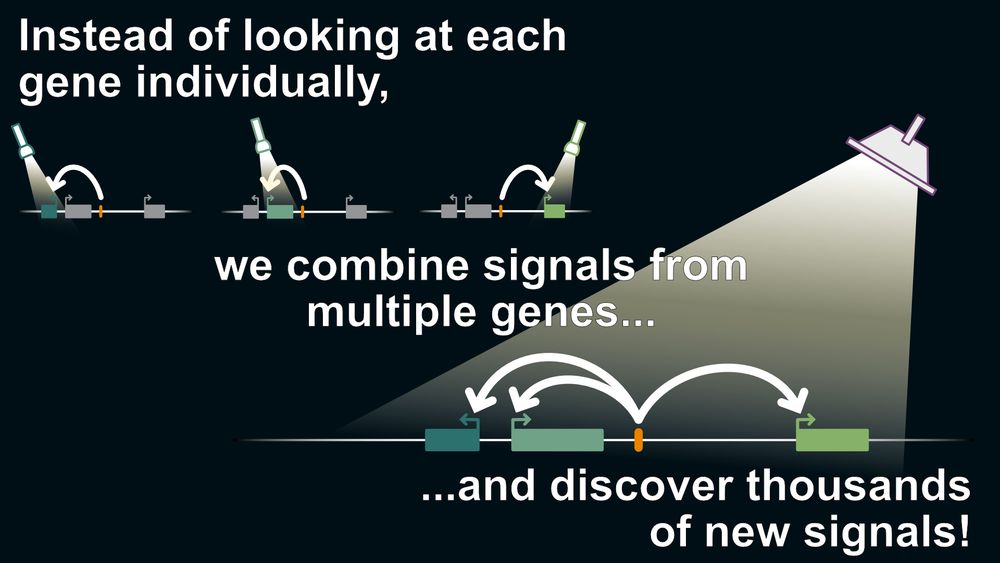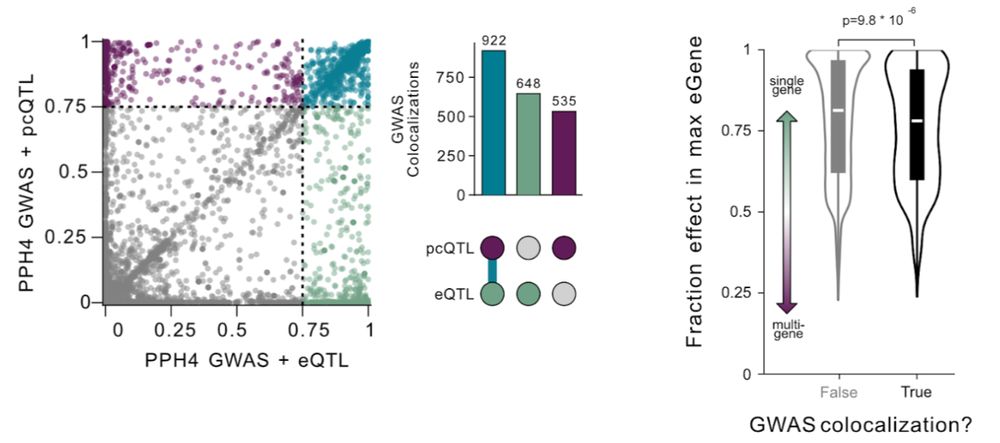Kate (Kathryn) Lawrence
@itskatelawrence.bsky.social
59 followers
85 following
29 posts
Stanford Genetics PhD Candidate
MIT Physics 2020
I also ride bikes
Posts
Media
Videos
Starter Packs








